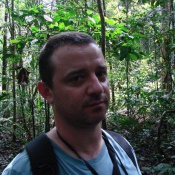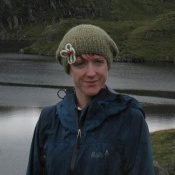INALENTEJO - Biodiversity conservation in a changing world
Over the past 100 years, Earth’s climate has become warmer and precipitation regimes have changed. Can biologists predict the effects of these changes on the distributions of species? Conservation strategies for managing biodiversity have traditionally assumed that species distributions change relatively slowly, unless they are directly affected by human activities. However, there is a growing consensus that these strategies must anticipate the impacts of climate change. Numerous models estimate relationships between the distributions of species and climate. However, the decision of which model to use has generally been ad hoc, and there is little consensus regarding the relative performance of these models. The models are also based on some problematic assumptions — for example, that species distribution and assemblages are in a constant steady-state relationship with contemporary climate — that, despite being clearly acknowledged, remain unresolved.
To address these problems the project “Biodiversity Conservation in a Changing World” includes four research tasks and one task for technology transfer and dissemination of science. The research tasks span a wide range of topics from development of high-resolution regional 21stcentury climate models for the Iberian Peninsula, improving understanding of the mechanistic basis for climate and land-use change impacts on life across a variety of spatial scales, to the development of novel spatial-conservation planning methodologies that address the needs of biodiversity under climate and land use change scenarios. The program also includes an integrative task, termed dissemination of science and technology transfer. The goal of this task is to ensure that the project results are communicated to the broader public and that the technological value of the project is disseminated to the relevant stakeholders, namely the public bodies involved in conservation and regional planning, as well as private and public bodies involved in agriculture, forestry and tourism.
Co-financing:
![]()

Paulo Guilherme Leandro de Oliveira
António Paulo Pereira Mira, José Herrera, Denis Medinas, David García Callejas, Giovanni Mangui, Pedro Costa, Shirin Taheri, Vânia Salgueiro,Wouter Beukema, Filipe Serranp,Mathijs Hollanders, Tim Leerschool, Alejandro Fabian Rozenfeld, Hari Prassad Dasari







